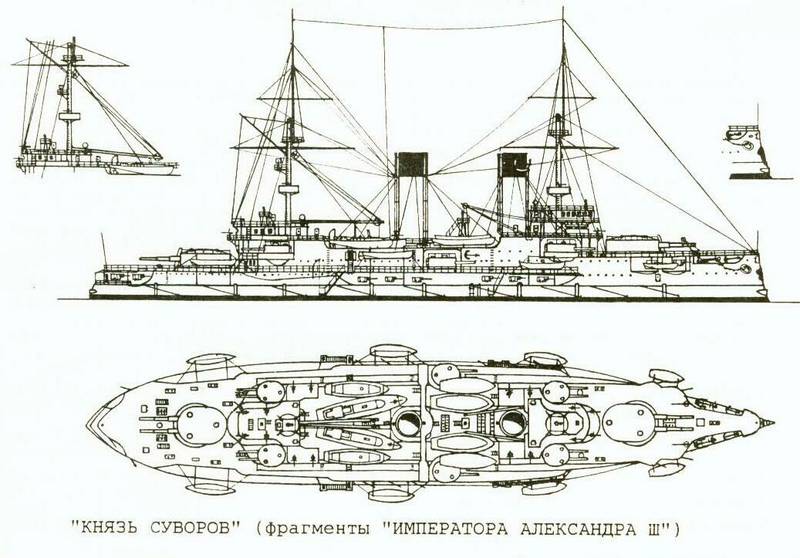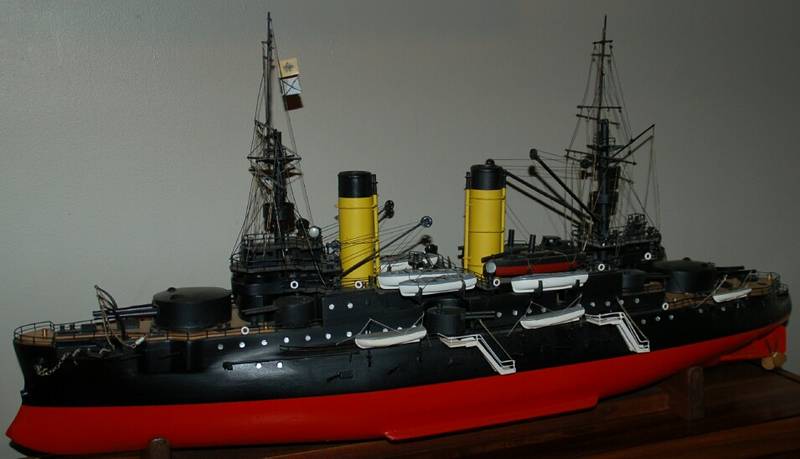The start of another great contest from our MSW staff. The first contest I built a german torpedo boat, it turned out ok but I learned many things along the way so this build will be the Russian battleship Orel.
MSW Review HERE!
Displacement: 13,516 tons designed, 14151 tons at Tsushima
Length: 397 ft (121 m)
Beam: 76 ft (23.2 m)
Draught: 26 ft (7.9 m)
Armament:
4 × 12 in (305 mm) guns (2 × 2)
12 × 6 in (152 mm) guns (6 × 2)
20 × 75 mm (20 × 1)
20 × 47 mm (20 × 1)
4 × 15 in (381 mm) torpedo tubes
Armour:
Krupp armour - Belt - 7.6 in (193 mm)
Turrets 10 in (254 mm) max
Deck 2 in (51 mm)
1 in (25 mm) anti-torpedo bulkhead
Machinery: 2 shafts , vertical triple-expansion engines, 12 Bellville Boilers, 15,800 hp (12 mW)
Speed: 18 knots (33 km/h)
Endurance: 2,590 miles (4,000 km)
Complement: 28 officers, 754 men
Orel (Орел, Russian: Eagle) was built by Galernii yard, St Petersburg. Laid down 1900, Launched July 1902, completed October 1904. Captured by the Japanese after sustaining heavy damage at Tsushima and extensively re-built. Served as Iwami in the Imperial Japanese Navy and scrapped in 1922.
Russian battleship Orel (Russian: Орёл), and was commissioned into the Imperial Russian Navy's Baltic Fleet. Some naval architects regard the Borodino-class as one of the worst battleships ever built. Based on the battleship Tsesarevich, these ships suffered from instability caused by a high centre of gravity (made worse by overloading). The centre line bulkhead led to a danger of capsizing and the narrow armour belt became submerged due to overloading.
The Orel was the only modern Russian battleship to survive the Battle of Tsushima. She was probably hit by five 12 inch, two 10 inch, nine 8 inch, and 28 6 inch shells, and possibly a number of smaller rounds. She suffered only moderate damage, including two 6 inch turrets disabled by 8 inch hits. Her armor was fairly effective: a 12 inch shell hit the 5 ¾ inch belt obliquely and was repulsed, and a main battery turret resisted a 10 inch shell.
She was substantially rebuilt after her capture by the Japanese, reducing her top weight and removing the smaller guns, and commissioned into the Imperial Japanese Navy as the battleship Iwami, taking her name from an ancient Japanese province, of Iwami now part of Shimane prefecture. The name Iwami was chosen as this province was geographically the closest to the location of the Battle of Tsushima.







































